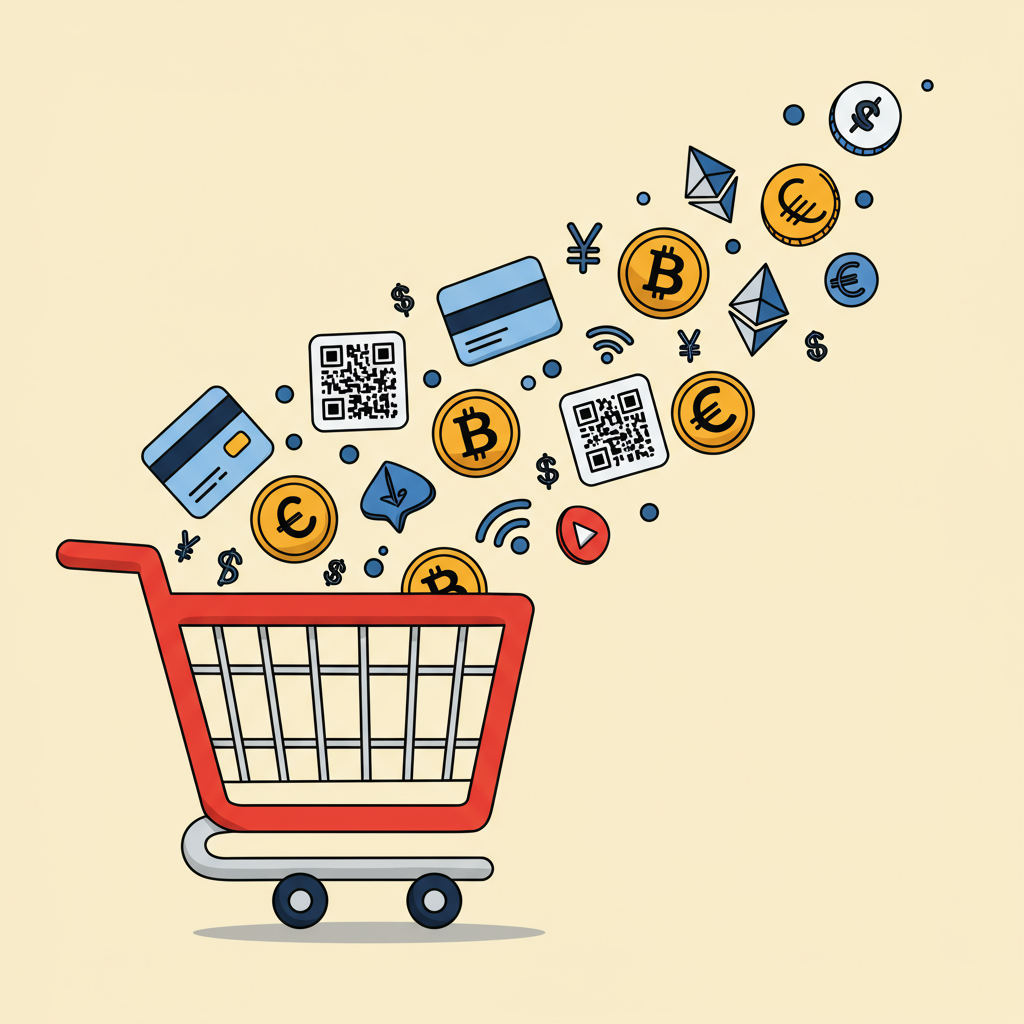As a Shopify merchant, I’m constantly looking at how payment innovations can boost my business. Here’s what I’ve learned about staying ahead.
As a Shopify merchant, I know firsthand that the checkout experience is the make-or-break moment for any online sale. It’s the final hurdle, and a smooth, secure, and flexible payment process can significantly impact conversion rates and customer satisfaction.
We’ve come a long way from just accepting credit cards. The payment landscape is evolving at an unprecedented pace, driven by consumer demand for convenience, enhanced security, and personalized options.
My aim today is to walk you through the most significant emerging trends in e-commerce payments. I’ll explain how these trends directly impact your Shopify store and, more importantly, what you can do to leverage them to your advantage.
One of the most impactful shifts I’ve observed is the widespread adoption of digital wallets. Think Apple Pay, Google Pay, and, of course, Shopify’s own Shop Pay.
These aren’t just about convenience; they offer enhanced security through tokenization and biometric authentication. Customers love the one-tap checkout experience, which drastically reduces friction.
For us Shopify merchants, Shop Pay is a true game-changer. It pre-fills customer information, making checkout incredibly fast, often leading to higher conversion rates and significantly fewer abandoned carts.
Another trend I’m incredibly excited about is Buy Now, Pay Later (BNPL) services. Companies like Affirm, Klarna, and Afterpay allow customers to split their purchases into interest-free installments.
From a merchant’s perspective, BNPL isn’t just about offering financial flexibility; it consistently boosts average order value (AOV) and conversion rates. Customers are more likely to complete a purchase when the upfront cost is reduced.
Integrating BNPL options into your Shopify store is straightforward, often through dedicated apps available in the Shopify App Store or direct payment gateway partnerships. It’s a powerful tool for attracting a wider customer base.
While still nascent for mainstream e-commerce, I believe cryptocurrency payments are a trend worth watching closely. Platforms like Coinbase Commerce are making it easier for businesses to accept Bitcoin, Ethereum, and other digital assets.
The volatility of crypto remains a challenge for widespread adoption, but the underlying blockchain technology offers transparency and potentially lower transaction fees in the long run. It also caters to a tech-savvy demographic.
This is a fascinating development: Account-to-Account (A2A) payments, often powered by Open Banking initiatives. A2A allows customers to pay directly from their bank account, bypassing traditional card networks.
For merchants, this can mean significantly lower transaction fees compared to credit card processing. It’s a direct, secure transfer that streamlines the payment process.
If your business offers recurring products or services, I’m sure you’re already familiar with the power of subscription models. Shopify has robust tools to manage these, but the payment aspect is crucial.
Streamlined recurring payment options are vital for customer retention and predictable revenue streams. Ensuring a seamless experience here, with easy management of payment methods, is paramount.
We’re increasingly seeing biometrics like fingerprint scans and facial recognition used for payment authentication. This isn’t just about security; it’s about unparalleled speed and convenience.
While often integrated into digital wallets, the underlying technology is making transactions more secure and frictionless, reducing the need for cumbersome passwords or PINs.
As payments become more diverse, so do the methods of fraud. I rely heavily on AI and machine learning tools to protect my business from malicious activities.
These intelligent systems analyze vast amounts of data in real-time to identify suspicious patterns, significantly reducing chargebacks and financial losses for merchants like us.
It’s no longer enough to offer just one or two payment methods. I’ve learned that customers expect to pay how *they* want to pay, not just how you prefer to accept payments.
This means understanding your customer demographics and offering a tailored selection of payment options, whether it’s local payment methods for international customers or specific BNPL providers.
Embracing these trends has had a direct positive impact on my Shopify store. I’ve seen higher conversion rates, reduced cart abandonment, and, most importantly, happier customers.
Ultimately, it’s about providing an unparalleled customer experience. A seamless, secure, and flexible payment process builds trust and encourages repeat business, which is invaluable.
My advice to fellow Shopify merchants is to regularly review your payment gateway options. Ensure they support the latest trends and offer competitive rates that align with your business model.
The payment landscape is dynamic. I make it a point to stay informed about new technologies and consumer preferences. What’s cutting-edge today might be standard tomorrow, and we need to be ready.
Of course, there are challenges. Integrating new systems can be complex, and ensuring robust security across all payment methods requires constant vigilance and investment.
The future of payments is exciting and full of opportunities for us merchants. By proactively adopting these emerging trends, we can future-proof our businesses and provide an exceptional shopping experience that keeps customers coming back.
I’ve shared my insights, but I’m curious: What are your thoughts on these emerging payment trends, and how do you see them impacting your own e-commerce journey?






